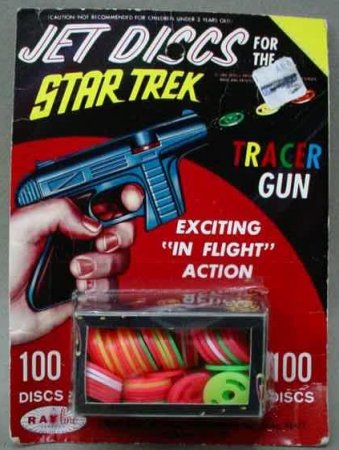Here are some of the ideas I’ve been kicking around:
- A magazine1 that you clip in the front of the shooter. When you clip it in it should depress a spring, or more likely, tension a rubber band. When you press the button clipping the magazine in, it could actually eject the empty magazine. That would be sweet.
- Lower profile. In looking at insides of the Tracer Guns, it looks like the only reason for the bulky barrels over a long thin slot is so the toy looks more like an actual gun. I’d rather have an optimal design that uses minimal plastic than something that looks like a gun.
- A variety of discs for maximum aerodynamics. In the designs uploaded to Thingiverse I included 18 variations on a disc. Perhaps some will fly or spin better than others.
- Rubber band powered mechanism. Rubber bands are easier to find, cut to size, and replace than metal springs. It could also lead to a more compact design.
I’m sure other ideas will come to me. I just wanted to jot them all down before I forget them.
Now that I have my chess set complete, it would be pretty cool to have a working OSDS prototype before Botacon.
Default Series Title- Hey, Dave, happy??? [↩]




